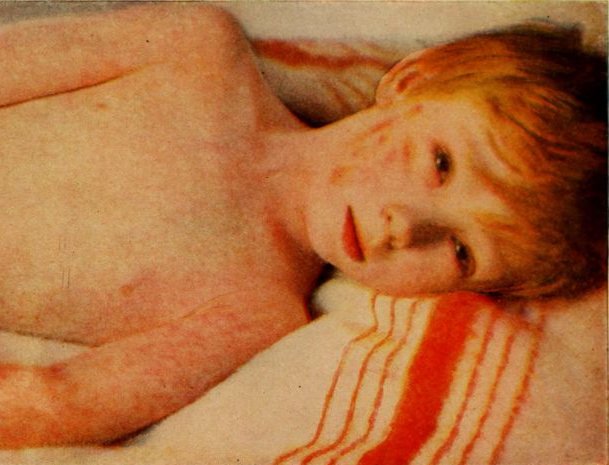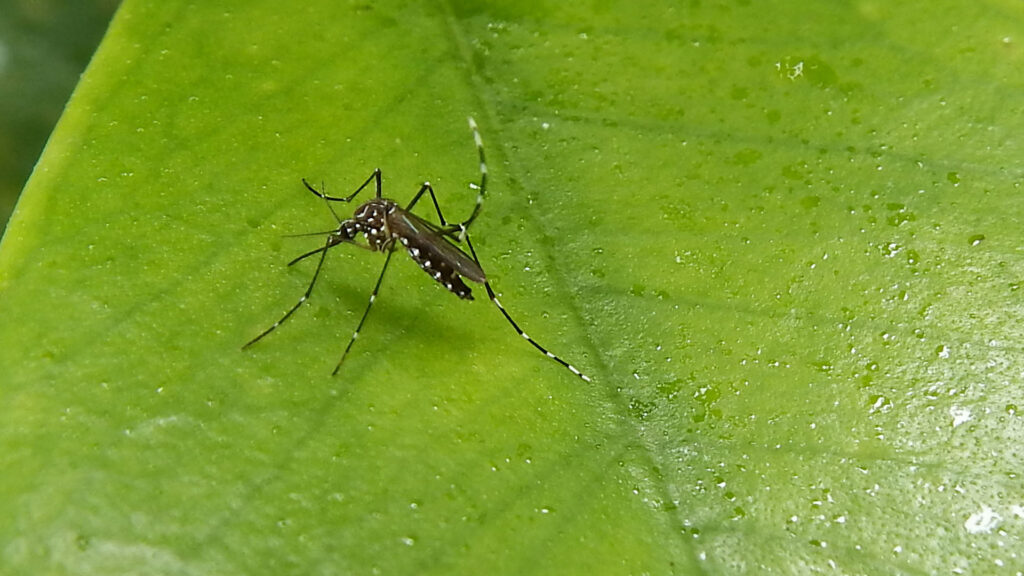-
 chevron_right
chevron_right
Measles could once again become endemic in the US, the CDC warns
news.movim.eu / ArsTechnica · Thursday, 11 April - 18:20 · 1 minute

Enlarge / Poster issued by the United States Centers for Disease Control and Prevention advocating for measles immunizations in 1985. (credit: Getty | National Library of Medicine. )
In 2000, after a decadeslong public health battle and a Herculean vaccination program, the US won a coveted status: measles elimination. The designation means that the extremely infectious measles virus is no longer endemic in the US—defined as continuous transmission in the country over 12 or more months while in the presence of an effective disease monitoring system. The country went from having 3 to 4 million children fall ill with the severe infection each year, to tallying just dozens of mostly travel-linked cases.
But in an alarming turn, the country's elimination status is now at risk. Measles cases in the first quarter of 2024 have increased more than 17-fold over the cases seen in the first quarters of 2000 to 2023. Measles vaccination rates among kindergarteners have slipped in that time, too, with vaccination coverage in the last three consecutive years below the 95 percent target that is needed to prevent sustained transmission. Outside the US, measles cases are exploding in the wake of pandemic-related disruptions to routine childhood vaccination programs. Altogether, the conditions are prime for measles to regain its foothold in the country—and the Centers for Disease Control and Prevention is clearly anxious.
"The rapid increase in the number of reported measles cases during the first quarter of 2024 represents a renewed threat to elimination," CDC researchers write in a new analysis of the country's measles cases and surveillance system . The analysis was published Thursday in the CDC's Morbidity and Mortality Weekly Report.









